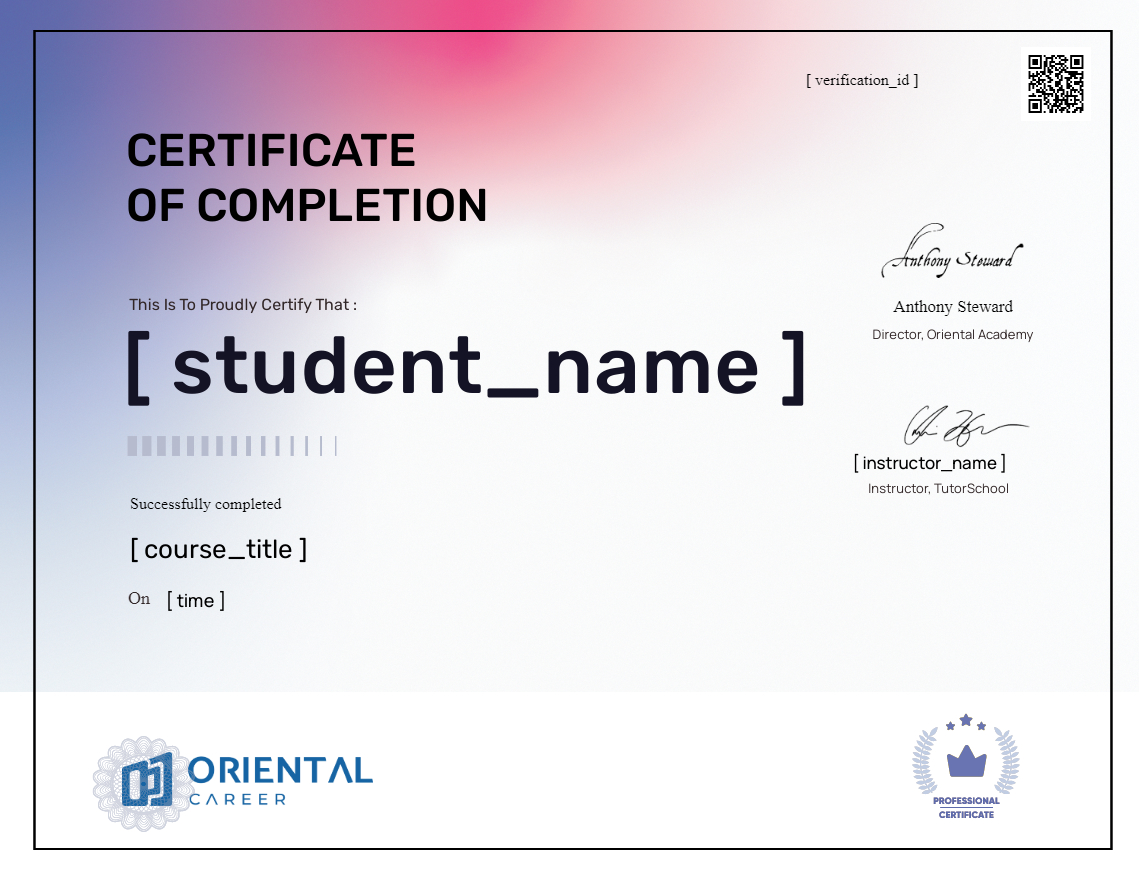Creative Thinking: Techniques and Tools for Success
About Course
In today’s ever-growing and changing world, being able to think creatively and innovatively are essential skills. It can sometimes be challenging to step back and reflect in an environment which is fast paced or when you are required to assimilate large amounts of information. Making sense of or communicating new ideas in an innovative and engaging way, approaching problems from fresh angles, and producing novel solutions are all traits which are highly sought after by employers.
This course will equip you with a ‘tool-box’, introducing you to a selection of behaviours and techniques that will augment your innate creativity. Some of the tools are suited to use on your own and others work well for a group, enabling you to leverage the power of several minds. You can pick and choose which of these tools or techniques suit your needs and interests, focusing on some or all of the selected approaches and in the order that fits best for you. The practical approach of this course enables you to acquire an essential skill-set for generating ideas, with plenty of:
– Fun e-tivities and exercises; – Practical lectures and tips;
– Video representations of the techniques in action.
By the end of this course you should be able to: – Pick a type of brainstorming you think will be useful to apply to a challenge – Use alphabet brainstorming in tackling a challenge – Use grid brainstorming in tackling a challenge – Use a morphological chart to synthesise a solution to a challenge – Use the TRIZ contradiction matrix to identify recommended inventive principles – Apply SCAMPER to a range of challenges The greatest innovators aren’t necessarily the people who have the most original idea. Often, they are people- or teams- that have harnessed their creativity to develop a new perspective or more effective way of communicating an idea. You can train your imagination to seize opportunities, break away from routine and habit, and tap into your natural creativity. Join this course and a community of practitioners in CREATIVITY!
Course Content
Introduction to the Principles of Creativity
-
Welcome to the course
-
Course Structure and Syllabus
-
Type of Assessments and Grading
-
About Imperial College London and the Team
-
How to Be Successful in this Course
-
Glossary and Helpful Resources
-
Nice to meet you!
Principles of Creativity
Creativity Tools
Thinking Styles
Morphological Analysis
TRIZ – The Theory of Inventive Problem Solving
SCAMPER
Using the Tools in Combination
Earn a Certificate
Add this certificate to your resume to demonstrate your skills & increase your chances of getting noticed.

Student Ratings & Reviews
